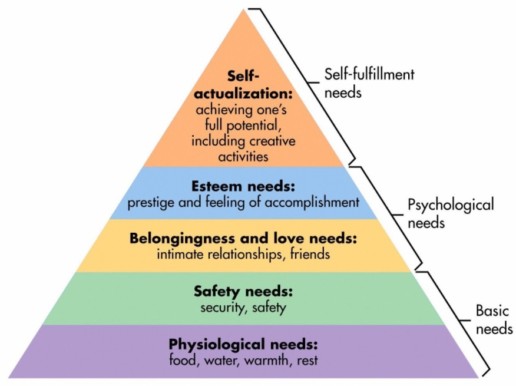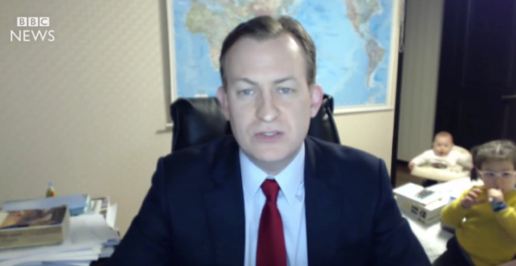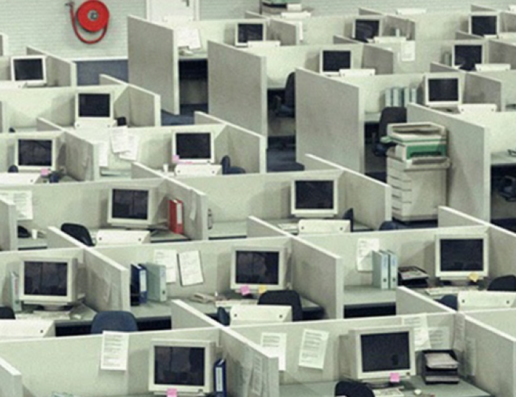Maslow's Theory of Business Continuity?
Many know of Maslow’s Hierarchy of Needs.
Maslow developed his “Theory of Human Motivation” back in 1943 and further developed the ideas in his 1954 book “Motivation and Personality”. In it he set out a hierarchy of needs in 5 strata.
It may seem trite to relate this framework to Business Continuity Plans but in reality these plans deal with people. The primary aim is that they are safe and well, and when this is assured the further aim is that these people are in a fit state and have the resources to carry on with the critical business of the organisation.
Providing the correct environment for people to work is the basic foundation of the plan and getting this right was the driver for the research that Fortress undertook and continues to research.

Fortress interviewed over 200 businesses in London to understand their true business continuity requirements and what they really wanted to see from Business Continuity Service providers if they were able to start with a blank piece of paper.
The findings of this research were interesting which we outline below.
The substantial feedback was that modern work area recovery facilities should have a focus on the softer elements. Funnily enough, top of the list was good coffee followed closely by freely accessible wifi and plenty of natural light.
The thought was that if the environment was pleasant then staff would be more comfortable, complain less and simply get on with the recovery. They were also much more likely to be helpful and compliant about the change of work venue.
It seems that people want pleasant places to work, even in a disaster. The basic Physiological Needs outlined in the diagram above need to be met before staff can start work. It is not really surprising when you think it through.
The wider findings of the consultation were:
- Reduction in requirements: With more flexible working, it was clear that the amount of work area recovery provision required by companies had reduced, from the historic 25% of the company down to approximately 10%. The Crisis Management Team (CMT) and the core business functions, or those functions which could not be or were not ideally run from home made up this 10%. These functions were often related to customer/client data, personnel data, company financial data and to critical decision-making functions.
- Working from Home does not work for all: Businesses realised that although staff could work from home, people are more effective and make better decisions if working physically in the same office. This is more important than ever at the time of crisis. Some of the world’s biggest and most advanced technology companies, even those in the business of delivering remote working solutions, are pulling their staff back into offices because they have found that physically working together helps their staff and their businesses.

To underline this, in its paper ‘The New Science of Building Great Teams’, MIT Research declared that “the most valuable form of communication is face to face”. They found that partially engaged, remote, teams made worse (less profitable) decisions and that this failure was more prevalent in teams that only communicated via phone or email. They calculated that 35% of the variation of a team’s performance can be accounted for simply by the number of face-to-face exchanges among team members.
- Welcome to the 21st Century: Many customers complained that the current services were provided from recovery centres built in the 90’s and early 2000’s. This meant that they were replicas of offices from that time. With significant changes to the way we work over the past 15 years, companies wanted to recover to offices that were a replica of offices of today. This meant recovery centres should be brighter, with good ambient light and modern layout, designed for agile and collaborative working. They should have breakout areas for adhoc meetings and strong wifi for BYOD. The quality of the kitchen facilities and the food and drink on offer (coffee in particular) were also remarkably high in importance.

- Flexibility please: The way in which the service was delivered was also a pain point. Customers complained of a lack of flexibility in the services currently provided and the difficulty they had to interact with their service providers. They felt that it was difficult to get things done or changes made.
- More Value: Finally, it seemed that Customers wanted to see a better return on investment from their spend on Work Area Recovery. They were struggling to justify the spend at times when CFOs and others were not fully appraised of the reasons behind the spend. Having a better return on the spend would definitely help.
Service Levels Required
In the past, there used to be one size fits all approach to business continuity. The service was fixed and options were very limited.
Companies now want a mix and match approach to business continuity. They want services that are more relevant to their actual needs and to support different phases of recovery. These needs broke into three main phases:
- Crisis Management – Businesses told us that when a disaster strikes they will need immediate access to facilities to support their Crisis Management Team (CMT) and their core business functions. These facilities need to have the infrastructure and security that they would expect in their own offices. As this may be the temporary home for their staff for up to 13 weeks it should be a pleasant environment for their team to work to encourage them to continue to assist after the initial “gung-ho” spirit of the disaster had worn off.
- Next Day Recovery – The CMT would be able to direct the response to the disaster from the recovery centre and this may be deciding where a Next Day Recovery centre would be.
- Long Term Options – If the entire Customer site was destroyed or not in a state to be functioning for many months the CMT would need access to alternative premises that meet their criteria.
Fortress was lucky and had that blank sheet of paper. So we took on board what these companies had to say and built a brand new Recovery Centre and developed modern services around them that met these requirements.
We even went to great lengths to make sure that the coffee was great, the wifi was accessible, there was plenty of natural light in our recovery suites and that there was a lovely view out of the windows.
Maslow would have been proud!
To find out more about our services and the new Recovery Centre, please click below and we would be pleased to show you what we are doing differently and how that benefits you and your staff, and how it can deliver value back into your business.